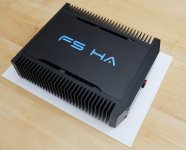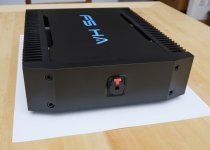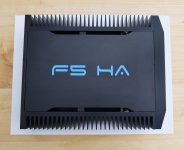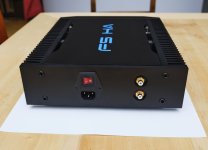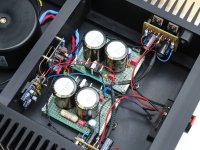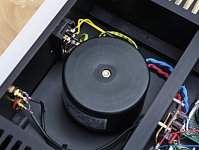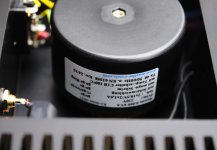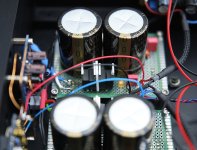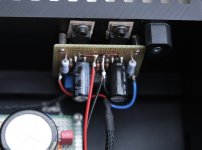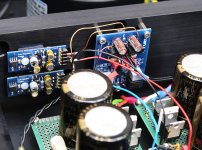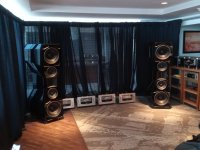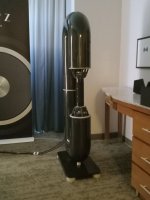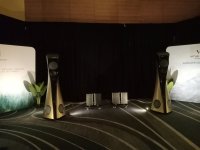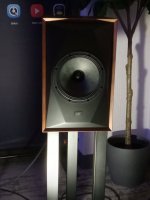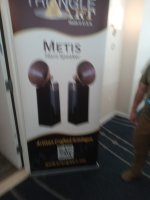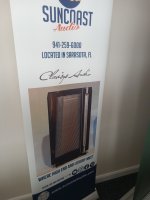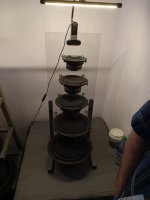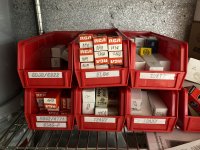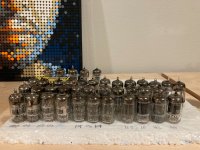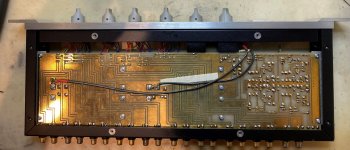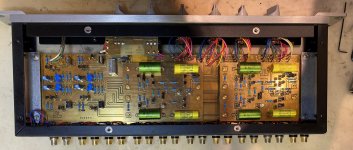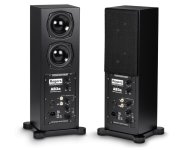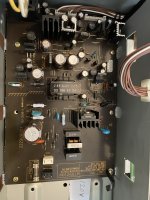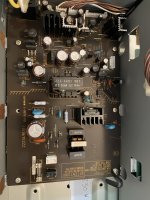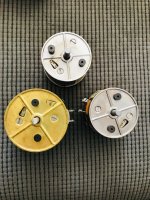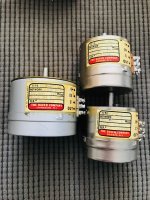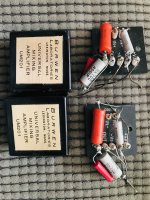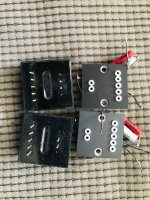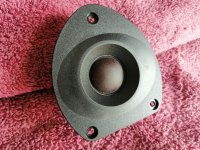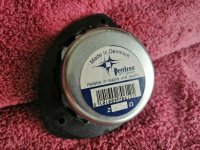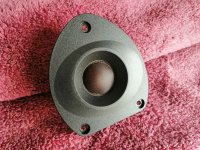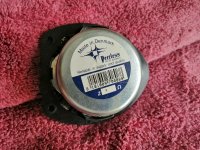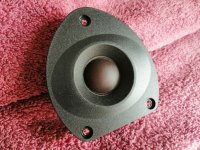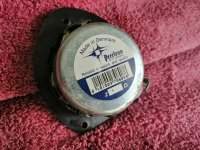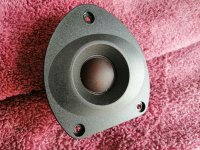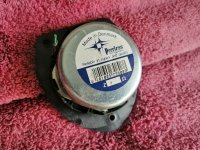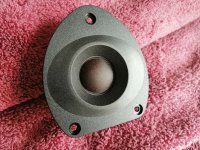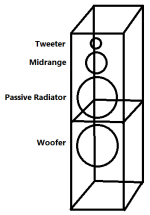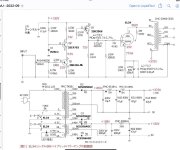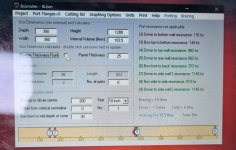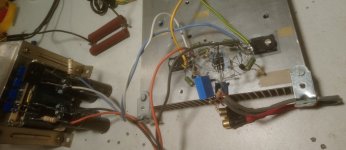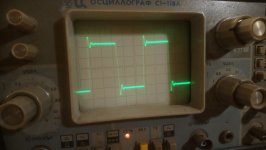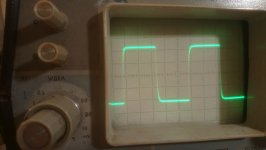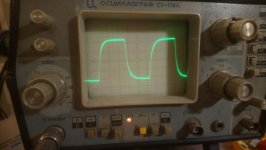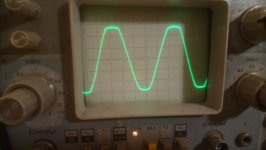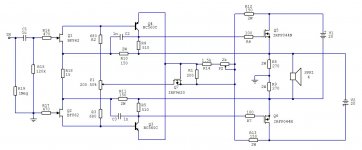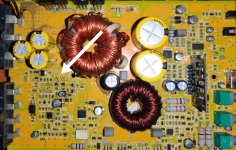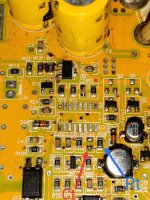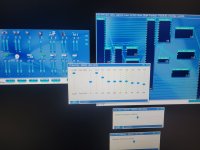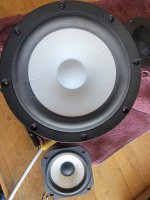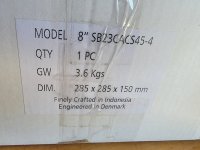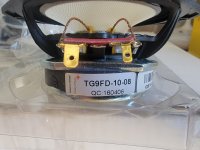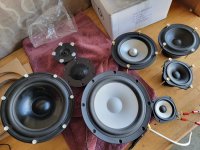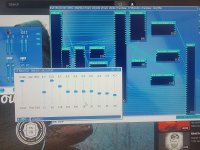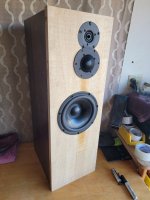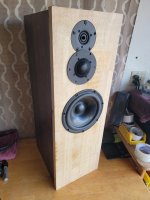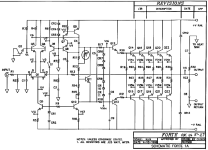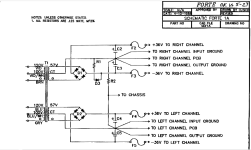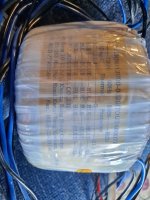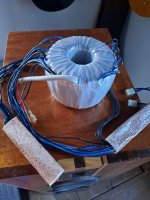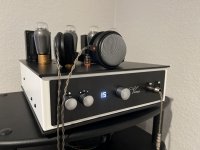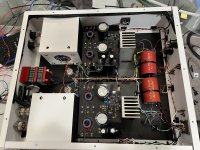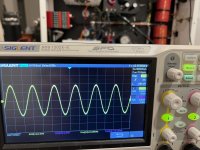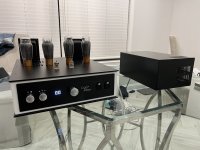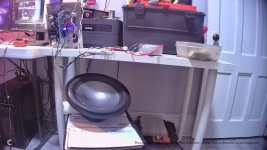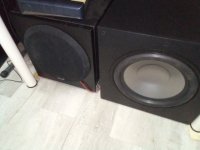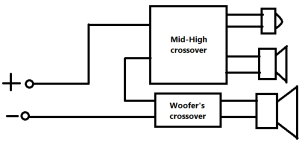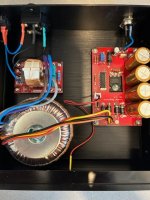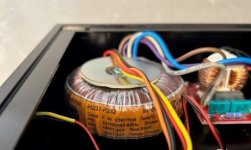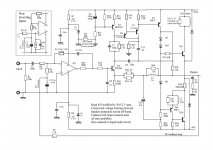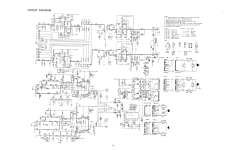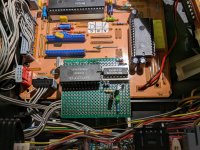ESS AMT-5: looking for help to improve the sound
- By ManniX-ITA
- Multi-Way
- 5 Replies
Howdy everyone,
I have a pair of old ESS AMT-5 speakers that I'd like to improve reworking/changing the crossover and/or adding a mid driver.
I know, they are not very good speakers.
But they have been purchased almost 50 years ago when I was born by my father & grandfather.
For me, they have an immense sentimental value.
They have been with me since ever; I started listening to music with them and they are still today my PC bookshelf speakers.
The woofer suspension foam, like I believe almost all very first AMT-5, got rotten about 25-30 years and my father got them replaced.
Not sure what was put in but they are still working very well, I assume same or equivalent to the original.
Unfortunately, the only person with actual deep knowledge in Europe about the AMT-5 was Mr. Hoffmann and he passed away last year.
I've been an idiot, I've been living a few kilometers from him for years and I always postponed the call.
I knew he was doing often a rework adding a mid driver with excellent results.
Can only blame myself, carpe diem...
It would be great if someone with knowledge of the Hoffmann's mod could share the details, maybe I could try to do it by myself.
But I don't have much hope to find someone that actually did it and knows the details. It's a very long shot...
I also don't have much free time to spare for such a project.
What I'd like to do in the short term is to rework/replace the crossover.
It has been always quite bad and clearly the components are in a messy state of degradation after almost 50 years...
As a quick win I'd like to just replace it with an already assembled crossover, like a Dayton.
But I don't remember so much, last time I've built a speaker was almost 30 years ago.
I'm not sure what could be right or not.
I see that mostly all these crossovers, if they support 4 Ohm, it's only on the woofer.
The Heil AMT tweeter is, for what I've read, a 4 Ohm.
I've seen some other tweeters, also AMT, and they are all 8 Ohm.
Not sure if I'm wrong but I have the impression these crossovers are meant for 8 Ohm tweeters.
Also I don't know if it could be better to move the crossover point from the original 1500 Hz or keep it.
And if it could be moved a little bit higher, up to which point?
I use them in a small room at a very very conservative volume level.
Any help would be really appreciated 🙂
Otherwise my backup would be to just take out the original crossover and replace the original components with something new and better.
But I'd really like much more the quick win solution and then plan how to make them 3-way.
Thanks a lot in advance!
I have a pair of old ESS AMT-5 speakers that I'd like to improve reworking/changing the crossover and/or adding a mid driver.
I know, they are not very good speakers.
But they have been purchased almost 50 years ago when I was born by my father & grandfather.
For me, they have an immense sentimental value.
They have been with me since ever; I started listening to music with them and they are still today my PC bookshelf speakers.
The woofer suspension foam, like I believe almost all very first AMT-5, got rotten about 25-30 years and my father got them replaced.
Not sure what was put in but they are still working very well, I assume same or equivalent to the original.
Unfortunately, the only person with actual deep knowledge in Europe about the AMT-5 was Mr. Hoffmann and he passed away last year.
I've been an idiot, I've been living a few kilometers from him for years and I always postponed the call.
I knew he was doing often a rework adding a mid driver with excellent results.
Can only blame myself, carpe diem...
It would be great if someone with knowledge of the Hoffmann's mod could share the details, maybe I could try to do it by myself.
But I don't have much hope to find someone that actually did it and knows the details. It's a very long shot...
I also don't have much free time to spare for such a project.
What I'd like to do in the short term is to rework/replace the crossover.
It has been always quite bad and clearly the components are in a messy state of degradation after almost 50 years...
As a quick win I'd like to just replace it with an already assembled crossover, like a Dayton.
But I don't remember so much, last time I've built a speaker was almost 30 years ago.
I'm not sure what could be right or not.
I see that mostly all these crossovers, if they support 4 Ohm, it's only on the woofer.
The Heil AMT tweeter is, for what I've read, a 4 Ohm.
I've seen some other tweeters, also AMT, and they are all 8 Ohm.
Not sure if I'm wrong but I have the impression these crossovers are meant for 8 Ohm tweeters.
Also I don't know if it could be better to move the crossover point from the original 1500 Hz or keep it.
And if it could be moved a little bit higher, up to which point?
I use them in a small room at a very very conservative volume level.
Any help would be really appreciated 🙂
Otherwise my backup would be to just take out the original crossover and replace the original components with something new and better.
But I'd really like much more the quick win solution and then plan how to make them 3-way.
Thanks a lot in advance!
